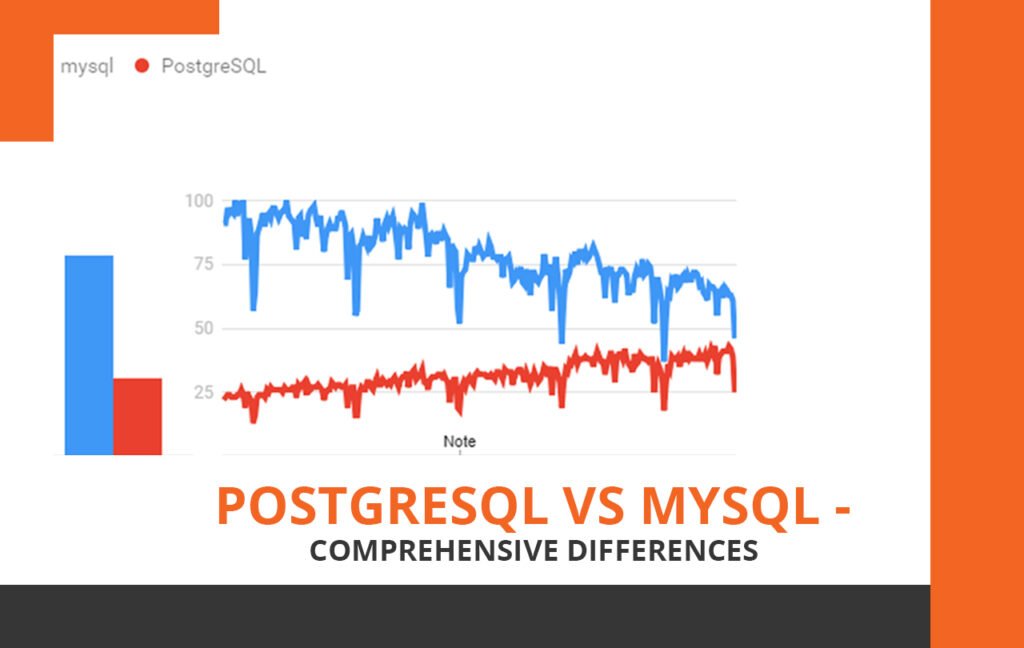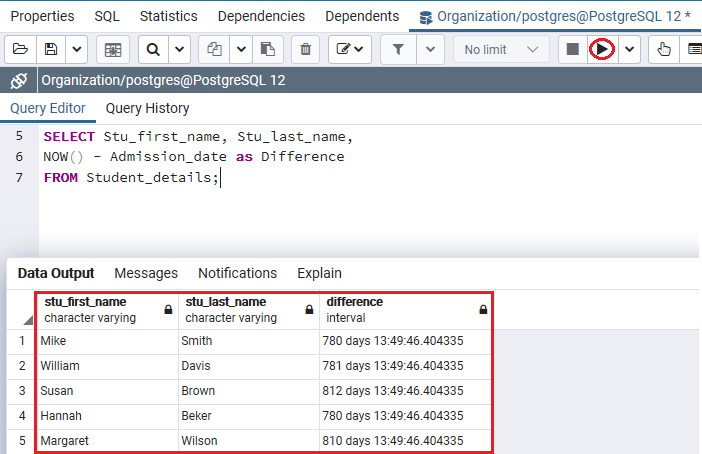

There are also a few variable looking functions that will give you the current date/time values. These input values are valid for date and timestamp. Because these are constants, they must be enclosed in single quotes and remember that the values are identified when the SQL is read. Special input value constants are also available. Instead of repeating them, I will include links here for your perusal. The other thing that I like in the Fine Manual, are the tables which describe in detail the input of the data and time types. When in doubt, particularly for intervals, cast cast cast. Darn, that is one of the ones that postgres doesn’t support.

A recent example was to try to assign a time to ‘6am’. It doesn’t always go how I want, but it usually does. If you are using timezone types, the timezone in the server will be treated according to the timezone specified in nf or via SQL using AT TIME ZONE ”. For example if your server is in Germany, but your client is in New York, then the value you will see depends on the client style specifications above. They are then displayed in the client’s style specification. ĭates, Times, Intervals and Timestamps (oh, my!) are all stored in the database in timezone UTC. => insert into dtranges (ts, tstz, dater) values ( => create table dtranges ( ts tsrange, tstz tstzrange, dater daterange) Inclusivity is specified as an endpoint with a square bracket ‘’ and an endpoint using a parenthesis is exclusive of the endpoint. It can be inclusive or exclusive of the end points. These are ranges which consist of two individual values where the entire value is the left value up to the right value. There are three other date/time data types.

Date/Time Output Styles Style Specification There are four possible interval styles: sql_standard, postgres, postgres_verbose, ISO-8601.Įach of the above nf variables can also be set in SQL using SET variable TO ‘ value‘ In your client environment you may also set PGDATESTYLE to be one of the datestyles available,ĭate Style values: Table 8.14. The first part is a choice of style and the second part is the ordering of Month, Day and Year.

Options available for date and time types Variables affecting Date and Time data types in nf timezone=’US/Pacific’Īccepted timezones are visible in the view pg_timezone_names. ‘tz’ is a PostgreSQL short hand for ‘with time zone’. ‘p’ can be 0-6, but the type must include seconds. This means that the type has precision 3 for milliseconds in the value. This list includes which is, for example (3). Interval length of time, with optional units to restrict the type. Time time of day Timestamp date and time with optional timezone. What are the Available Date and Time Data types? Date day of year using the Gregorian calendar. What nf variables affect date and time i/o?.What types are they? And what options do they have?.PostgreSQL 9 Cookbook – Chinese Editionįirst we have the bare bones of the PostgreSQL Interval, Date and Timestamp Data types.PostgreSQL Server Programming Cookbook – 2nd Edition.PostgreSQL 9 Administration Cookbook – 3rd Edition.PostgreSQL High Availability Cookbook – 2nd Edition.


 0 kommentar(er)
0 kommentar(er)
